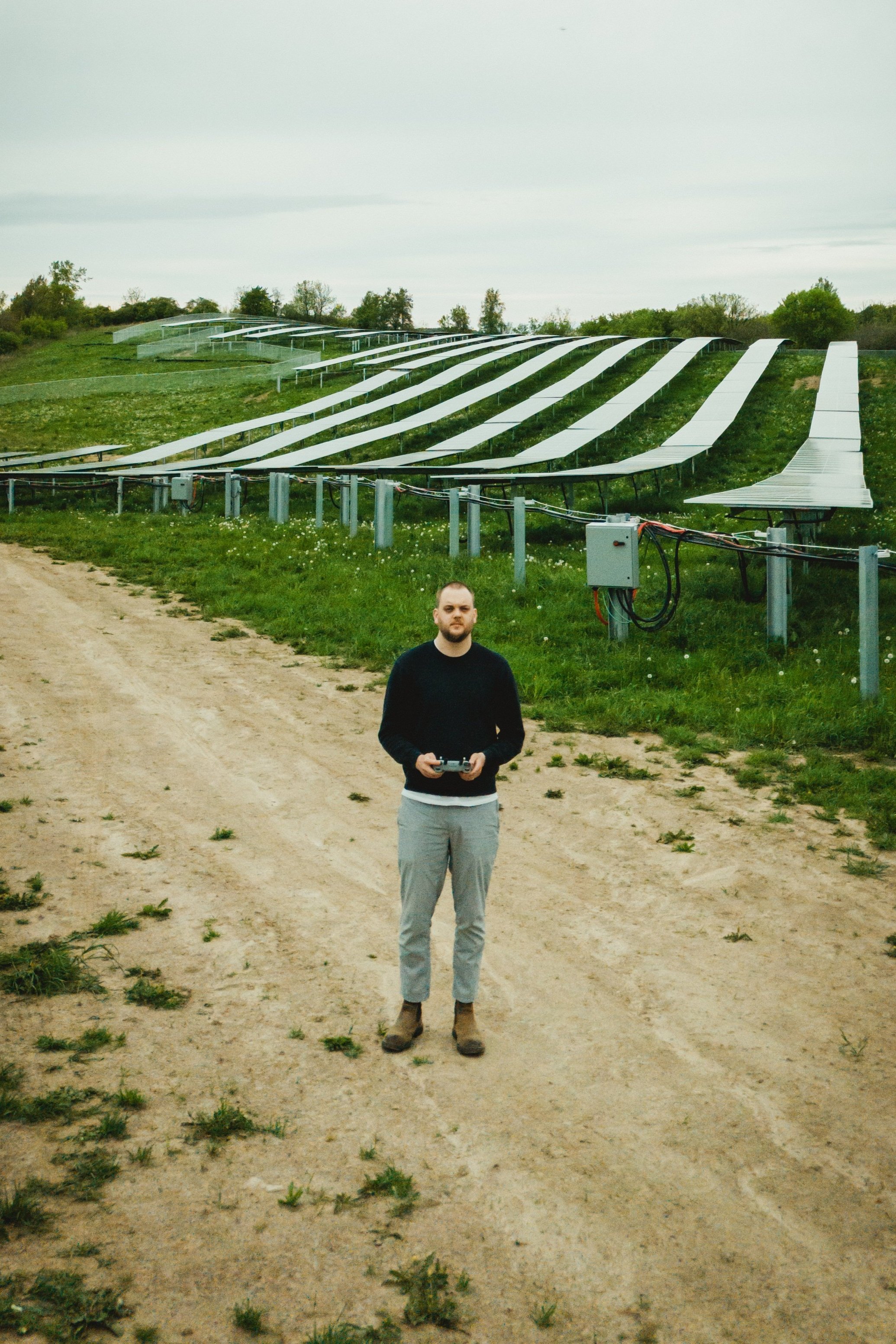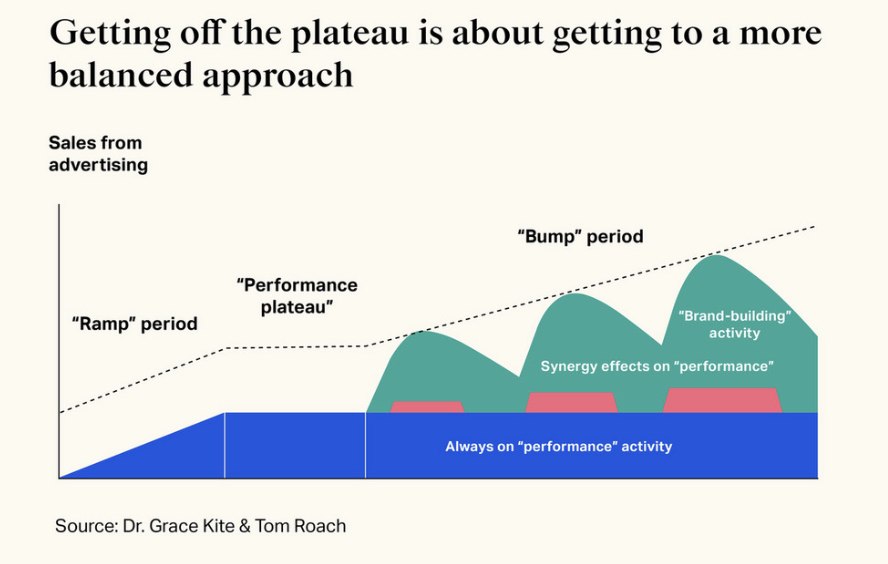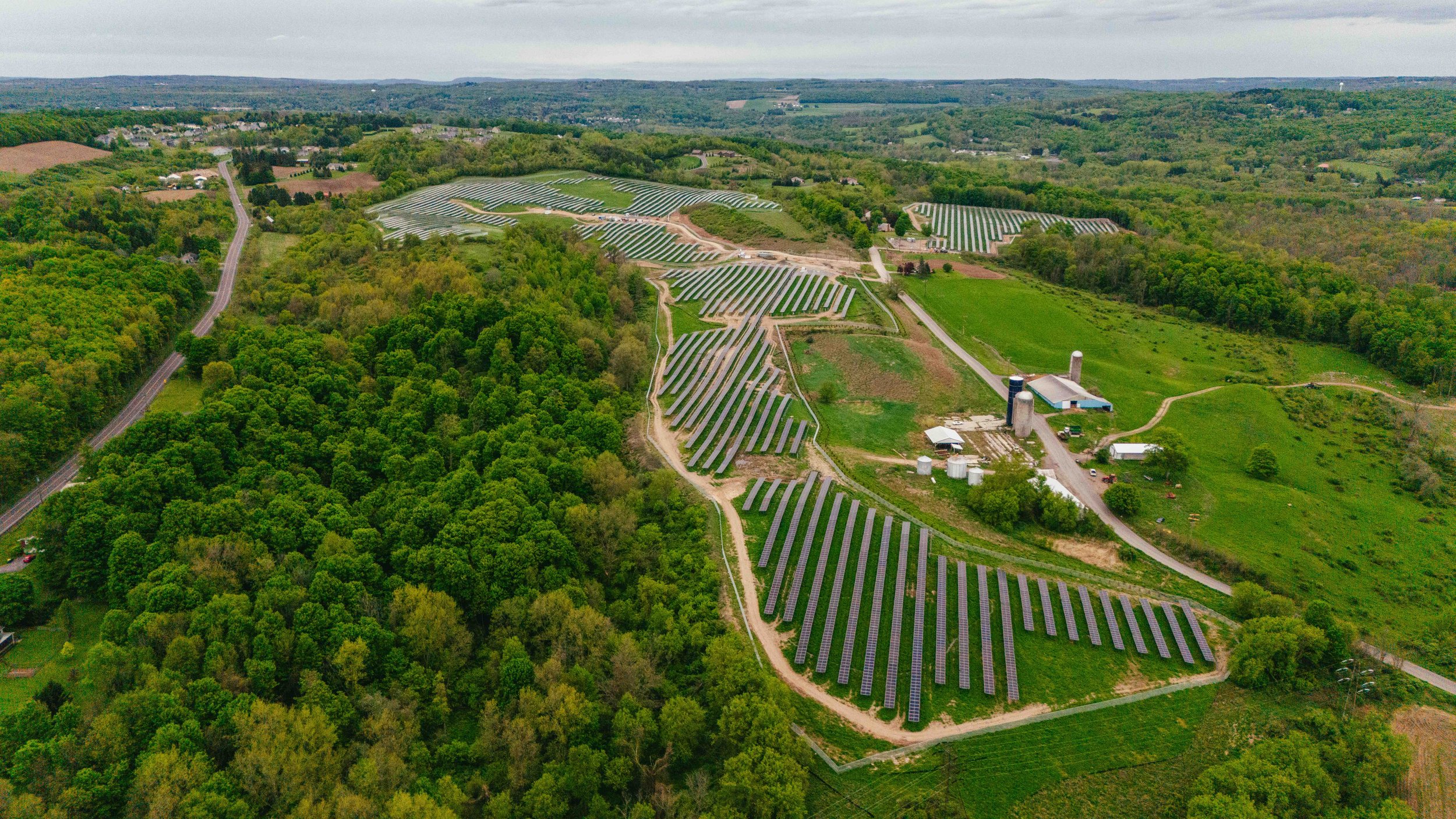Renewable Energy Companies: Strongest Brand Wins
The renewable energy industry is booming, with new companies entering the market every year. So many people I come across call this industry “The Wild West.”
Within this rapid growth, most renewable energy businesses rely on short-term sales activation strategies—cold outreach, direct response ads, and lead generation. While these tactics can deliver immediate results, they don’t create long-term brand equity.
The reality is this: the strongest brand wins, not just today, but for years to come.
The Renewable Energy Marketing Status Quo
Most companies in the industry approach marketing like short sprints—focusing on capturing demand rather than creating it. They pour budgets into pay-per-click ads, LinkedIn lead gen forms, and direct sales outreach. These efforts drive quick wins, but they have diminishing returns.
Meanwhile, brand-building remains underutilized. Companies hesitate to invest in creative, top-of-funnel marketing because it doesn’t deliver instant, trackable conversions. But the data is clear: companies that prioritize brand-building alongside activation see compounding returns over time.
The Brand Building Multiplier Effect
According to WARC’s “The Multiplier Effect” and Binet & Field’s research on marketing effectiveness, brand building doesn’t just support sales—it multiplies short-term activation efforts.
Many have drawn from this research a guideline of 60-40—60% of your marketing spend should go toward brand marketing, and 40% toward activation. This rule is flexible based on your company’s needs. Industries with long sales cycles—like renewable energy—may require a different balance, but the principle remains the same: brand investment increases the effectiveness of short-term sales efforts.
Here’s how brand-building strengthens activation:
Lower acquisition costs: A well-known brand converts leads at a higher rate, reducing the cost per lead over time.
Shortened sales cycles: Buyers trust established brands, meaning less convincing is needed at the decision-making stage.
Market resilience: When industry downturns happen, strong brands maintain pricing power and customer loyalty.
Brand-building is harder to measure than activation. Traditional performance metrics (click-through rates, lead volume) don’t capture brand growth. Companies can track indicators like branded search volume, share of search, direct traffic growth, and organic social engagement to gauge long-term impact.
Case Studies: Brand Strength in Action
Some of the most successful renewable energy companies have built strong brands, allowing them to outcompete on more than just technology or pricing.
Tesla Energy leverages its brand’s reputation to create trust in its solar and battery products, making sales easier even in a competitive space. Now… some might fairly point out that a certain somebody has been harming the brand’s reputation recently…
Ørsted, formerly an oil and gas company, successfully rebranded into one of the world’s most recognized renewable energy firms, demonstrating the power of strategic brand positioning.
NextEra Energy focuses on thought leadership and content marketing to position itself as a trusted authority, making its offerings more desirable.
These companies don’t just sell renewable energy solutions; they sell trust, credibility, and a compelling vision for the future.
How Renewable Energy Companies Can Strengthen Their Brand
So how can renewable energy companies move beyond short-term sales tactics and start building lasting brand equity? This doesn’t mean abandoning activation—it means making activation more effective by strengthening the brand behind it.
Here’s how:
Shift Budget Toward Brand Marketing – Move from a 100% activation strategy to a more balanced approach, keeping in mind that industries with longer sales cycles may require adjustments to the 60/40 rule.
Invest in High-Quality Creative – Video storytelling, well-designed brand assets, and emotionally resonant campaigns make a lasting impact.
Be Consistent Across Touchpoints – From LinkedIn to your website to paid ads, a cohesive brand identity builds recognition and trust.
Leverage Thought Leadership – Publishing insightful content and sharing industry expertise positions your company as a leader, not just another vendor.
Measure Brand Growth – Use metrics like branded search volume, direct traffic, and share of search to track the impact of brand-building efforts.
Conclusion: The Future Belongs to Strong Brands
Short-term s
ales activation can bring immediate results, but it has a ceiling. The companies that dominate the renewable energy industry will be the ones that invest in brand-building today, ensuring they remain top-of-mind for future buyers.
If you’re ready to move beyond short-term wins and build a brand that drives sustainable growth, let’s talk. Investing in creative, strategic brand marketing now will multiply your success in the years ahead.






